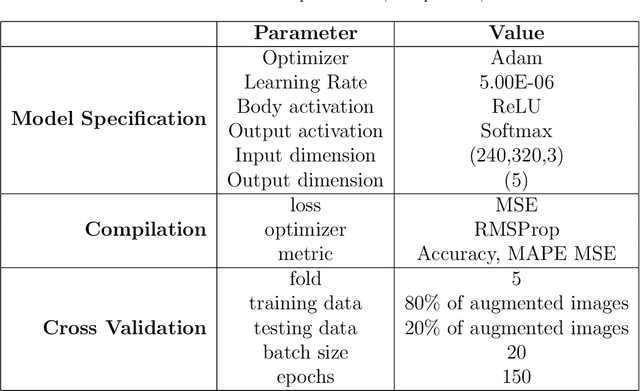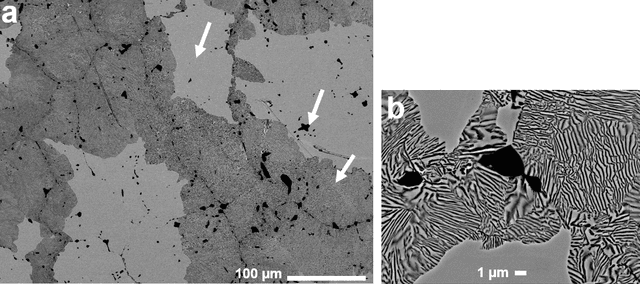Elizabeth Kautz
Image-driven discriminative and generative machine learning algorithms for establishing microstructure-processing relationships
Jul 27, 2020



Abstract:We investigate methods of microstructure representation for the purpose of predicting processing condition from microstructure image data. A binary alloy (uranium-molybdenum) that is currently under development as a nuclear fuel was studied for the purpose of developing an improved machine learning approach to image recognition, characterization, and building predictive capabilities linking microstructure to processing conditions. Here, we test different microstructure representations and evaluate model performance based on the F1 score. A F1 score of 95.1% was achieved for distinguishing between micrographs corresponding to ten different thermo-mechanical material processing conditions. We find that our newly developed microstructure representation describes image data well, and the traditional approach of utilizing area fractions of different phases is insufficient for distinguishing between multiple classes using a relatively small, imbalanced original data set of 272 images. To explore the applicability of generative methods for supplementing such limited data sets, generative adversarial networks were trained to generate artificial microstructure images. Two different generative networks were trained and tested to assess performance. Challenges and best practices associated with applying machine learning to limited microstructure image data sets is also discussed. Our work has implications for quantitative microstructure analysis, and development of microstructure-processing relationships in limited data sets typical of metallurgical process design studies.
An image-driven machine learning approach to kinetic modeling of a discontinuous precipitation reaction
Jun 13, 2019



Abstract:Micrograph quantification is an essential component of several materials science studies. Machine learning methods, in particular convolutional neural networks, have previously demonstrated performance in image recognition tasks across several disciplines (e.g. materials science, medical imaging, facial recognition). Here, we apply these well-established methods to develop an approach to microstructure quantification for kinetic modeling of a discontinuous precipitation reaction in a case study on the uranium-molybdenum system. Prediction of material processing history based on image data (classification), calculation of area fraction of phases present in the micrographs (segmentation), and kinetic modeling from segmentation results were performed. Results indicate that convolutional neural networks represent microstructure image data well, and segmentation using the k-means clustering algorithm yields results that agree well with manually annotated images. Classification accuracies of original and segmented images are both 94\% for a 5-class classification problem. Kinetic modeling results agree well with previously reported data using manual thresholding. The image quantification and kinetic modeling approach developed and presented here aims to reduce researcher bias introduced into the characterization process, and allows for leveraging information in limited image data sets.
 Add to Chrome
Add to Chrome Add to Firefox
Add to Firefox Add to Edge
Add to Edge